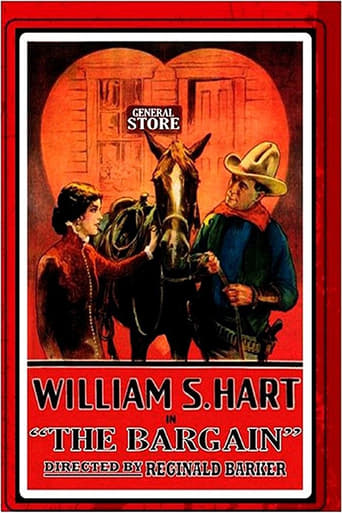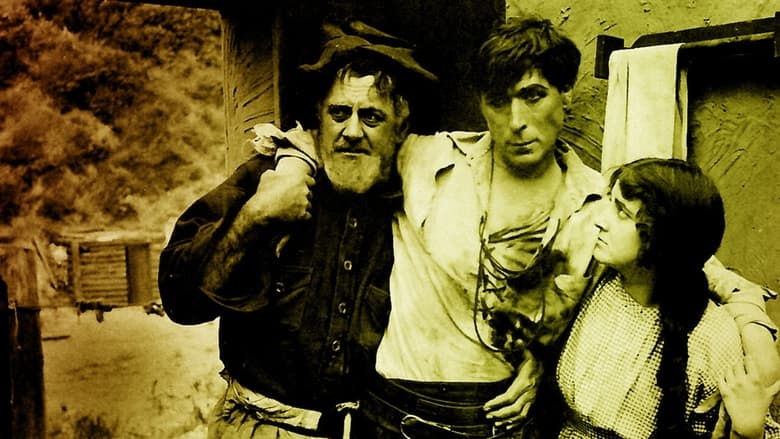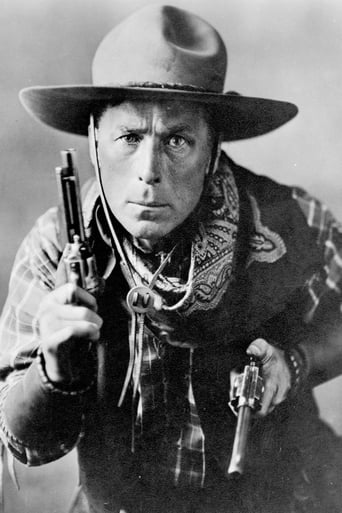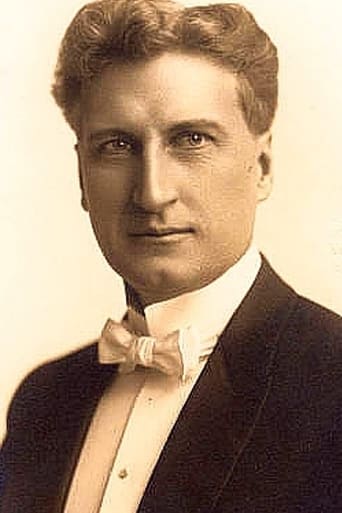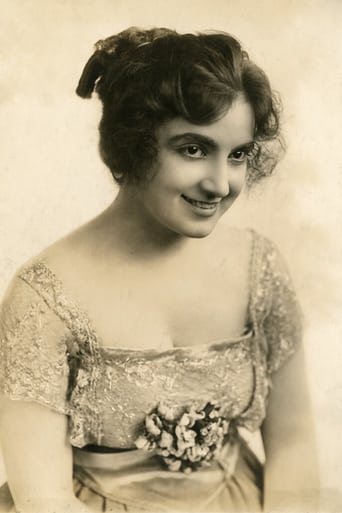The Bargain (1914)
After the bandit Jim Stokes robs the stage he is wounded fleeing. Recuperating at a ranch, he falls in love with and marries the daughter. Now wishing to go straight he tries to return the money but is recognized and captured. When the Sheriff then loses the recovered money at a crooked roulette table, he and Stokes strike a bargain.
Watch Trailer
Cast


Reviews
Memorable, crazy movie
Strong acting helps the film overcome an uncertain premise and create characters that hold our attention absolutely.
Blistering performances.
Although I seem to have had higher expectations than I thought, the movie is super entertaining.
.... with such heavy make up, J. Frank Burke looks like a snake oil salesman from a wild west show. Also, like "On the Night Stage", players are initially introduced from the stage and sporting evening clothes which then change to wild west attire. I have a feeling it was to give players credibility - even at this stage movies weren't the most respectable form of entertainment and westerns were an even bigger step down. More a case of "yes, I know this is a western but I'm really from the stage - I'm respectable, don't you know"!!! And the performers had every reason to think that way. "The Bargain" is a terrific movie and really moves quickly - but in 1914 critics weren't having it!! "Moving Picture World" thought it "weird and a reckless attempt to revive a genre we hoped was a thing of the past"!! Little did they know the genre was only beginning. Hart was credited with being the founder of the "real West Western" and together he and Thomas Ince soon revived their popularity."The West - Where Man stands face to face with his soul". A typical Hart title - here he plays "Two Gun" Stokes who after a botched stage coach robbery finds himself wounded and on the run in Badlands territory. He finds shelter at the Brents and during his convalescence falls in love with Nell but when they marry a couple of cowboys who are roped in as witnesses recognize him from the wanted pictures. Once he decides to go into town to return the money so he can start married life with a clean slate the action really picks up. He is captured and handed over to the sheriff who takes the money for safe keeping and then decides to pay a visit to the gambling tables!! Within an hour the Sheriff has lost the money but Jim, who is still tied up, proposes a bargain - his freedom, in return for the recovery of the missing money.There are some ruggedly realistic scenes - the flight to evade the posse and double back to the sheriff's room takes Stokes to the edge of a precipice where he and his horse roll down the cliff. It is very harrowing to see the horse fall down the sandy dune but fortunately the horse recovers quickly and trots off. There is also some beautiful location photography of Arizona's Grand Canyon. Clara Williams was often paired as Hart's love interest in these early years, she had a very home spun, westerny look about her but after marrying director Reginald Barker she soon retired and was never tempted to return.
After being wounded in a shoot-out, steely-eyed outlaw William S. Hart (as Jim Stokes) is found by prospector J. Barney Sherry (as Phil Brent). Mr. Hart lies to his rescuer, "I was chased by Indians and one of them got me," and is brought back to Mr. Sherry's Arizona cabin. There, Hart recovers from his wound, and falls in love with Sherry's pretty dark-haired daughter Clara Williams (as Nell Brent), who nurses him back to health. Reformed by love and marriage, Hart decides to return the money stolen before he was injured, but he is arrested by Sheriff J. Frank Burke (as Bud Walsh)..."The Bargain" is struck between Hart and Sheriff Burke, who loses the recovered money gambling - if Hart will help him get the money back, the Sheriff will let Hart go free. Variations of this intriguing moral/amoral storyline would be repeated in subsequent Hart features - a few were better, and more than a few were worse; "The Bargain" got there first. The Thomas H. Ince production benefits from the Arizona location photography (shot in the Grand Canyon) by Joseph August. The unusual opening "credits" were not original, but they seem like a perfect introduction to the picture.****** The Bargain (12/3/14) Thomas H. Ince, Reginald Barker ~ William S. Hart, J. Frank Burke, Clara Williams
The 1914 New York Motion Picture version of "The Bargain" was not William S Hart's first film. The hardened theater actor starred in 2 other "flickers" that year. The first was "His Hour of Manhood" followed by "Jim Cameron's Wife". Both only 2 reels in length and starred who would be one of his favorite leading actresses Clara Williams. Shooting for "The Bargain" started on June.11, 1914 continuing until August 5th in the base of the Grand Canyon, by a small crew under direction of Reginald Barker. Apparently the heat was so fierce actor make-up melted inside their containers. After shooting, the crew went back to Inceville, completing the film using the nearby Topanga Canyon to match the canyon location footage. This movie convince producer and later long-time colleague Thomas Ince to put Hart under a short-term contract as an actor and director at $125.00 per week (good starting wage back then).
William S. Hart had already honed his acting and Western credentials on the stage. "The Bargain" was his first feature-length film, and the basics of his usual formula are already present. Hart is the "good bad-man", who is reformed once in the presence of a pure woman. The prototype for the "good bad-man" had already been introduced to the screen by "Broncho Billy" Anderson, but from what I've seen from these two, Hart far surpassed his predecessor. It's easy to see why Hart was so successful; his acting is more restrained than that of the other players. (Clara Williams is okay, too, though, and starred in other Hart films.) His worn face allows him not to stare into nothing in an attempt to convey emotion, as others do here.There's crosscutting action, too, with outdoor shooting. At that time, filming outside is preferable for everyone: it's cheap for the studios, especially so with Westerns, and the camera is, theoretically, freed from the missing wall and cramped space of studio sets. The beautiful landscape is more prominent and overwhelming here than in later Hart pictures. Yet, oddly, the most virtuosic shot happens inside: a one-minute panorama within a saloon.

